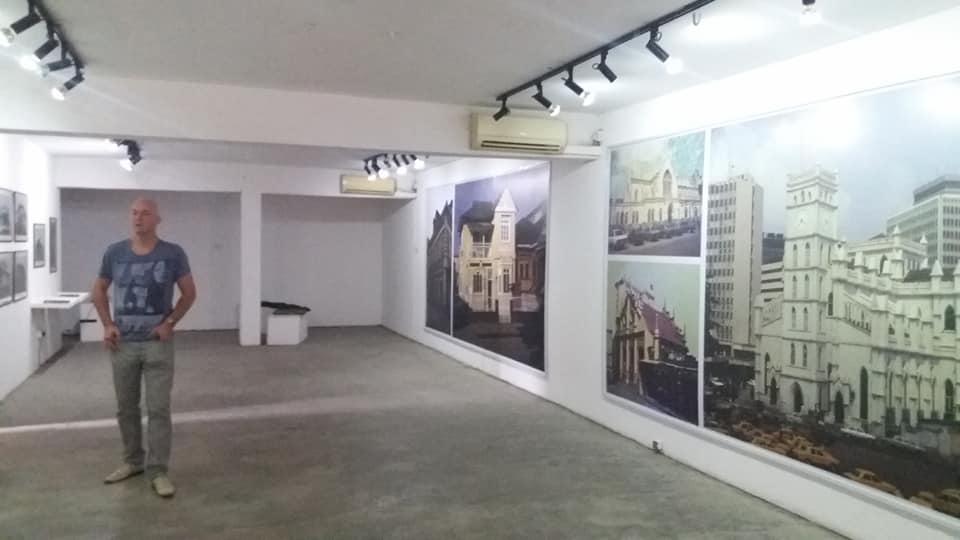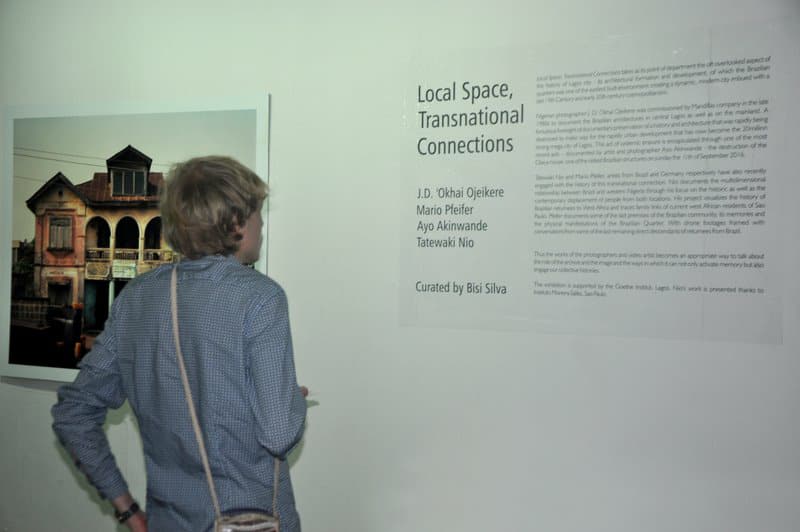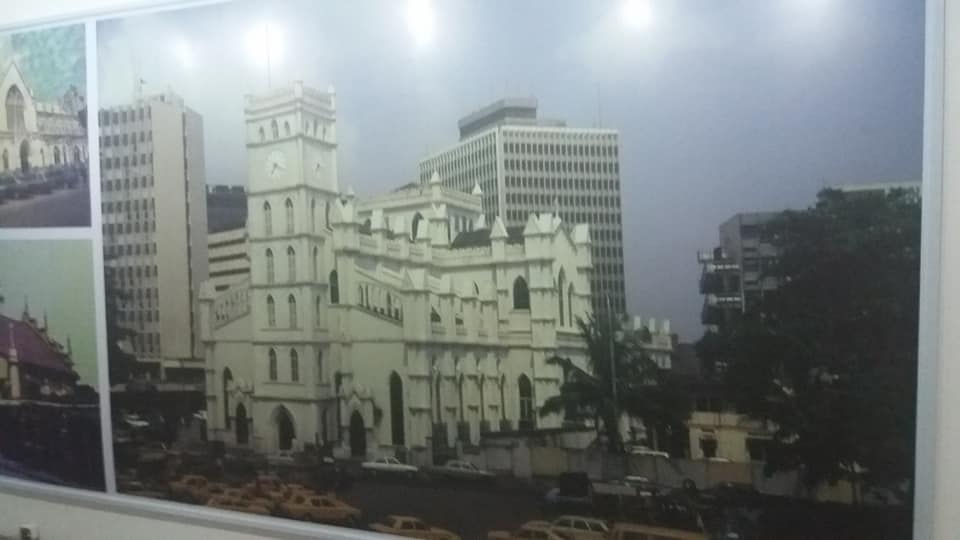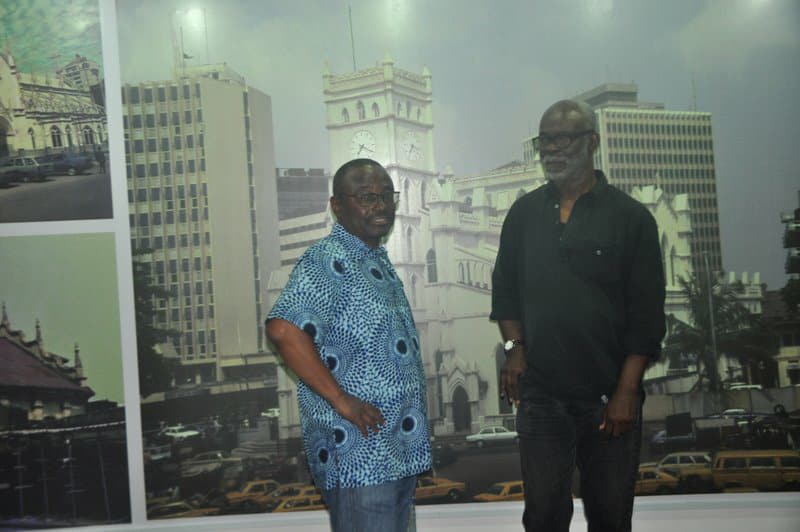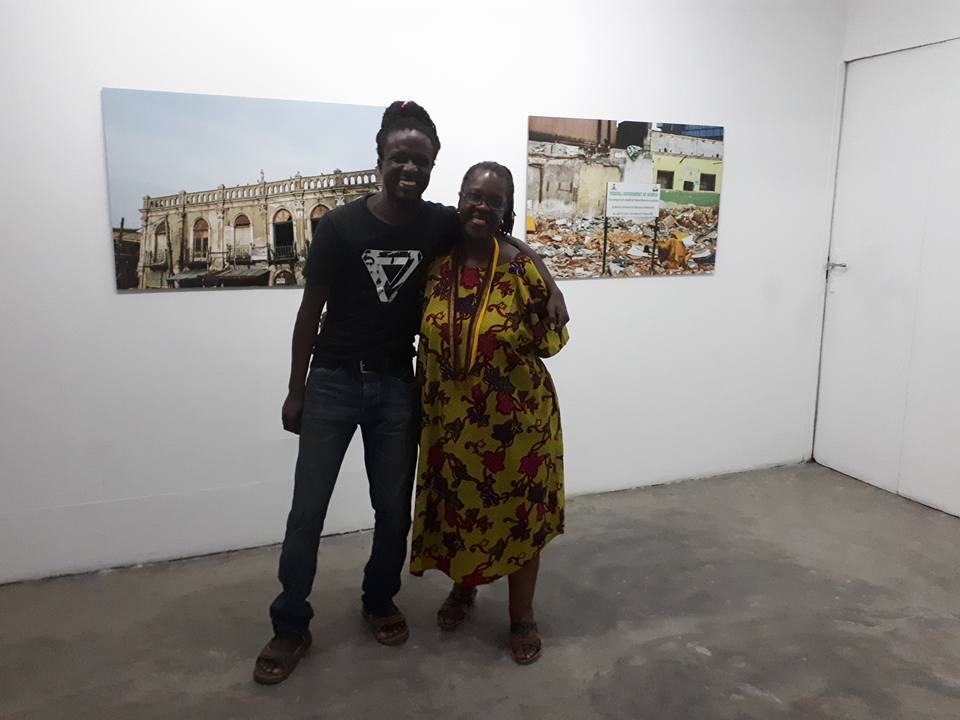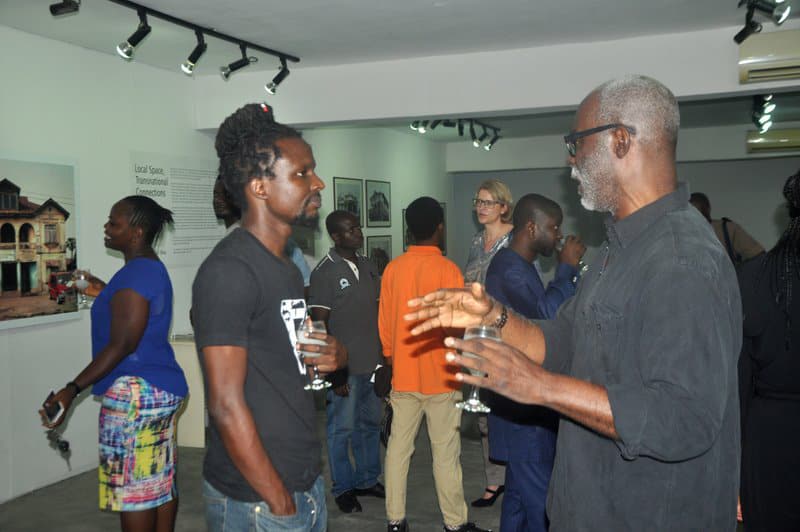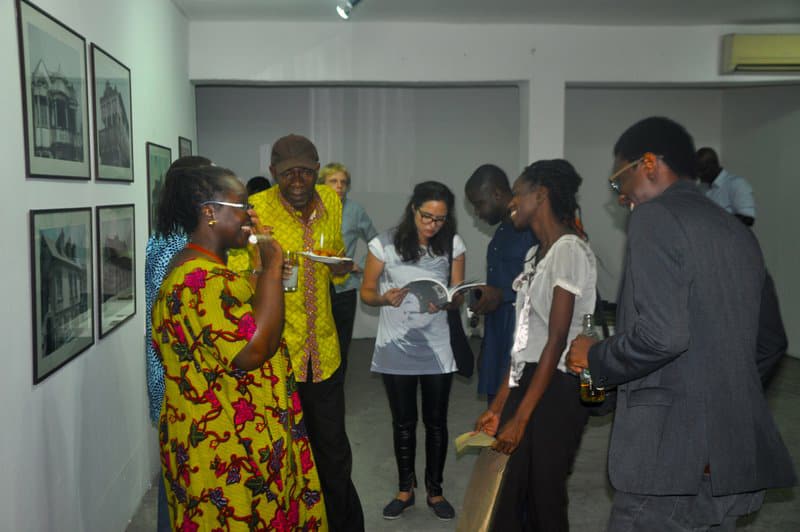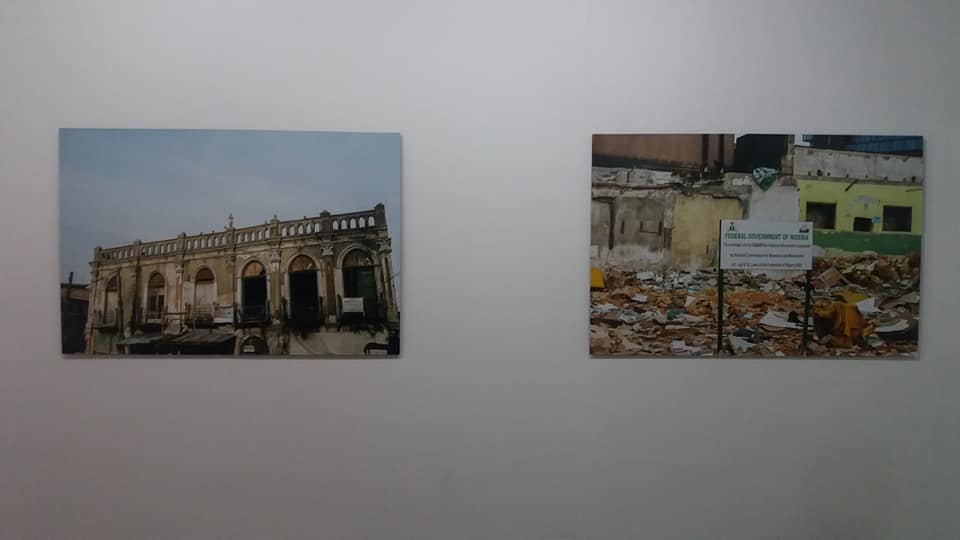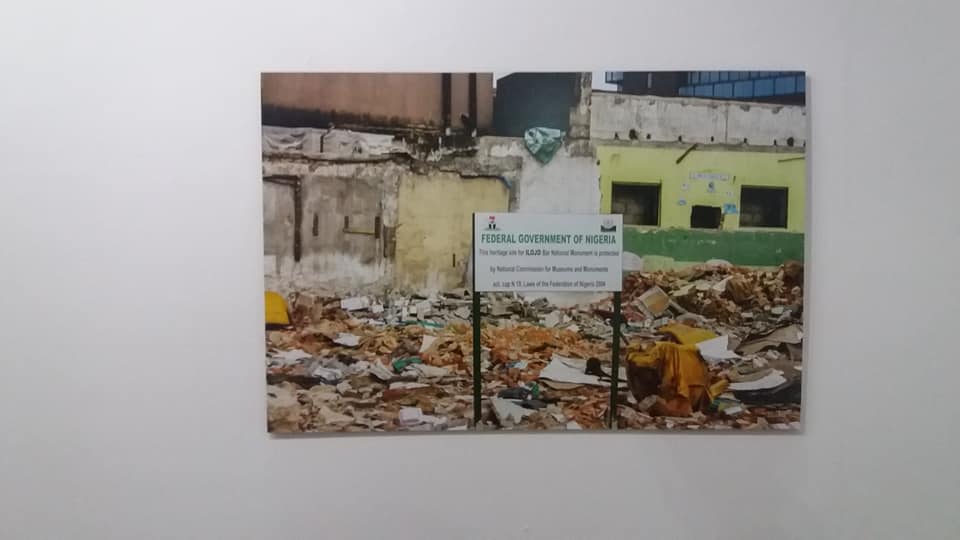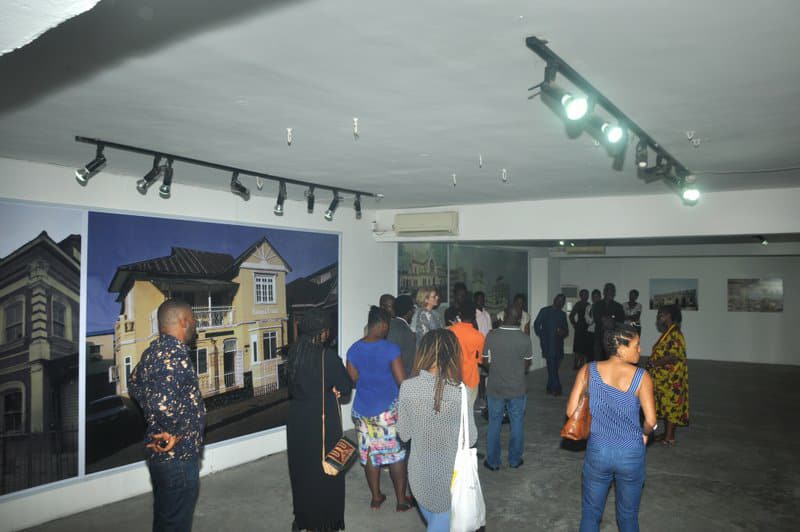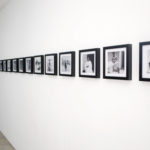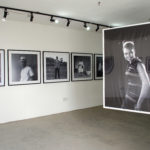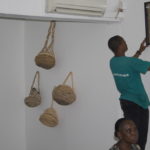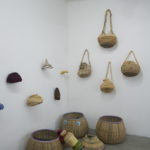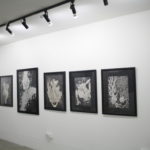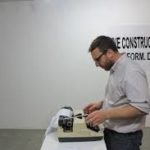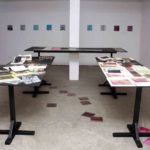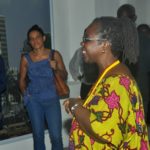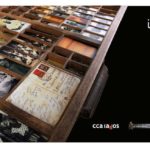Exhibiition by: late J.D. Okhai Ojeikere, Maria Pfeifer (Germany), Ayo Akinwande (Nigeria) and Tatewaki Nio (Brazil/ Japan)
Local Space, Transnational Connections examines the architectural development of Lagos State through the Brazilian Quarters and its contribution to ‘a dynamic, modern city imbued with a late 19th Century and early 20th Century cosmopolitanism’. It merges colourful images taken by late J.D. Okhai Ojeikere, Maria Pfeifer (Germany), Ayo Akinwande (Nigeria) and Tatewaki Nio (Brazil/ Japan) into a visual narrative about Lagos’ structural development.
Local Space, Transnational Connections 2018 Curatorial Statement
10th February- 17th March, 2018
The Centre for Contemporary Art, Lagos presents its first exhibition Local Space, Transnational Connections celebrating the year long activities during its 10th anniversary with the lens-based work of J.D. ‘Okhai Ojeikere, Mario Pfeifer, Ayo Akinwande, and Tatewaki Nio.
Local Space, Transnational Connections takes as its point of departure the oft overlooked aspect of the history of Lagos city – its architectural formation and development, of which the Brazilian quarters was one of the earliest built environment creating a dynamic, modern city imbued with a late 19th Century and early 20th century cosmopolitanism.
Nigerian photographer J. D. Okhai Ojeikere was commissioned by Mandillas company in the late 1980s to document the Brazilian architectures in central Lagos as well as on the mainland. A fortuitous foresight of documentary preservation of a history and architecture that was rapidly being destroyed to make way for the rapidly urban development that has now become the 20million strong mega city of Lagos. This act of systemic erasure is encapsulated through one of the most recent acts – documented by artist and photographer Ayo Akinwande – the destruction of the Olaiya house, one of the oldest Brazilian structures on sunday the 10th of September 2016.
Tatewaki Nio and Mario Pfeifer, artists from Brazil and Germany respectively have also recently engaged with the history of this transnational connection. Nio documents the multidimensional relationship between Brazil and western Nigeria through his focus on the historic as well as the contemporary displacement of people from both locations. His project visualizes the history of Brazilian returnees to West Africa and traces family links of current west African residents of Sao Paulo. Pfeifer documents some of the last premises of the Brazilian community, its memories and the physical manifestations of the Brazilian Quarter. With drone footages framed with conversations from some of the last remaining direct descendants of returnees from Brazil.
Thus the works of the photographers and video artist becomes an appropriate way to talk about the role of the archive and the image and the ways in which it can not only activate memory but also engage our collective histories.
